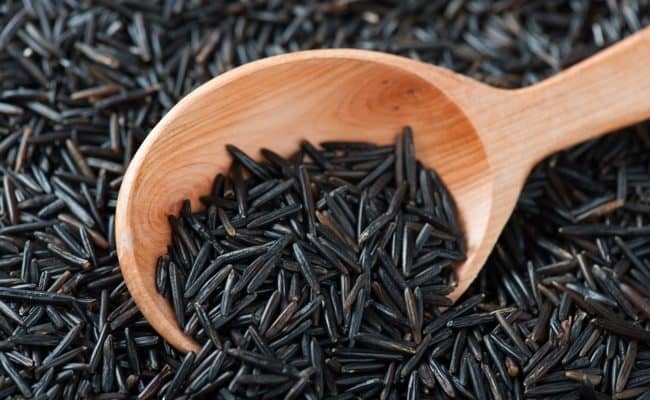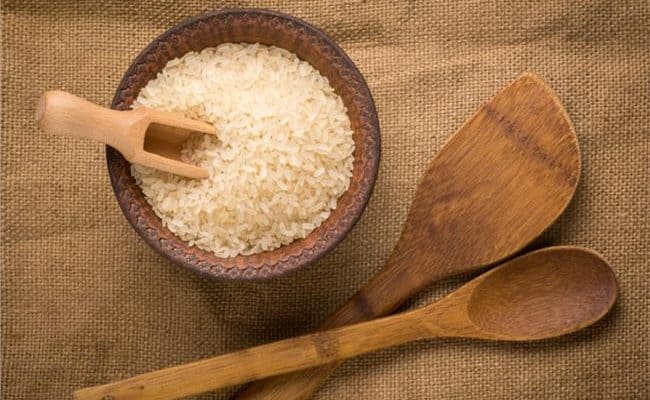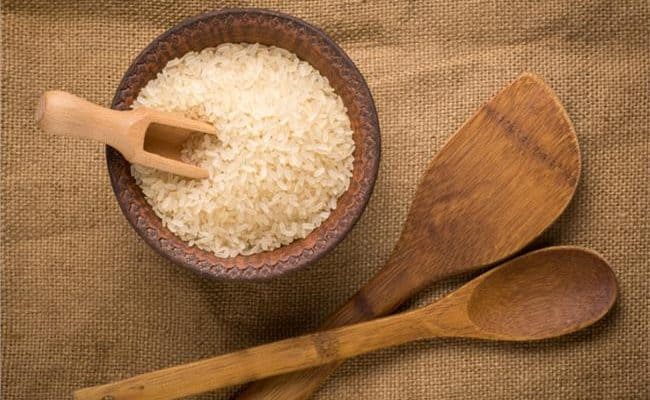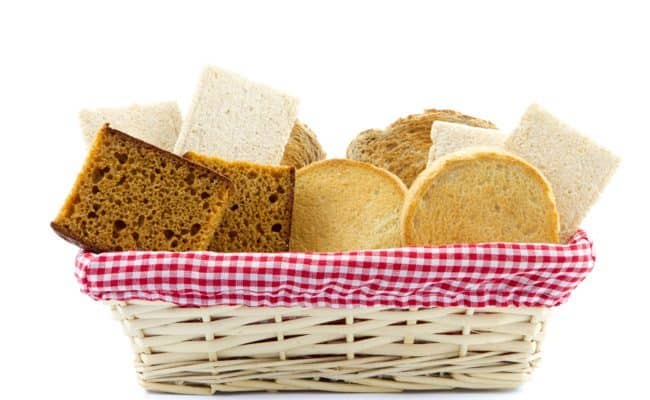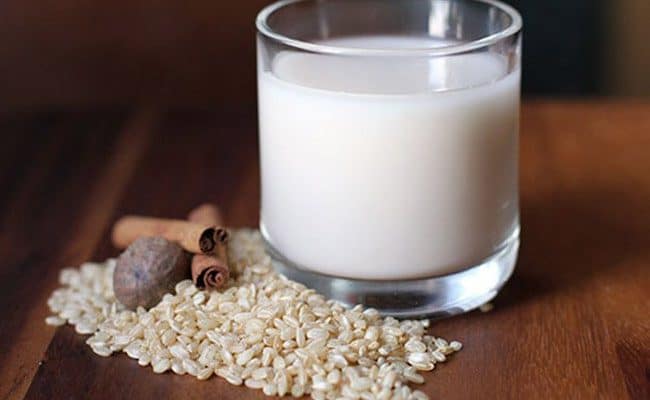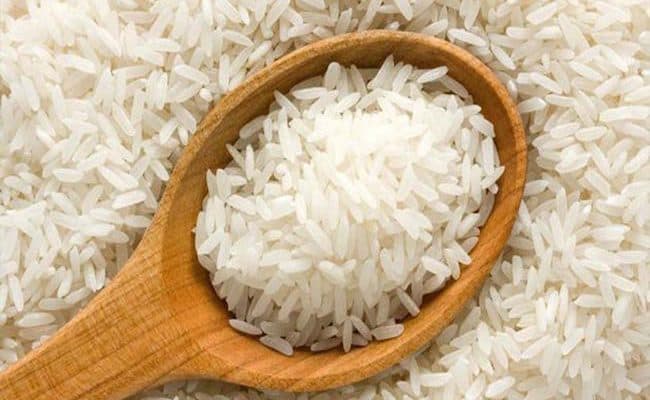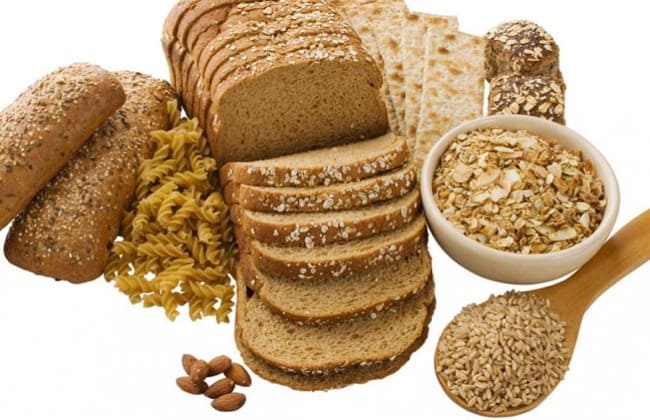
Grains are basically the seeds of plants that we can eat. They are a source of energy, mainly from carbohydrates, and provide a variety of vitamins and minerals.
Grains basically have three parts to them: the outer bran layer, inner endosperm, and the innermost germ.
Whole grains encompass all three parts of the grain.
The outer bran layer provides fiber and antioxidants.
The endosperm layer doesn’t have much nutritional value when consumed by humans except providing a source of energy.
The germ layer can be considered like an embryo for the plant. The germ layer provides many vitamins, minerals and healthy fats.
Whole grains provide nutritional value from all three layers of grains. Refined grains only contain the starchy endosperm layer. The bran and endosperm layer get removed.
Because of this, refined grains are lower in fiber and nutritional value compared to whole grains.
Research studies suggest eating more refined grains may increase risk for several chronic diseases and risk for weight gain.
Refined grains can have nutrients that are in whole grains, like B vitamins, added back into them.
However, there are still other nutrients that refined grains can lack compared to whole grains like antioxidants, heart healthy fats and fiber.
The USDA (1) recommends women between 31-50 years old should get 6 ounce equivalents of grains per day, and men between 31-50 years old should get 7 ounce equivalents per day.
Examples of ounce equivalents include: 1 slice of bread, 1 cup of cereal or ½ cup cooked cereal, pasta or rice.
It is recommended to get at least half your grain intake from whole grains, but most Americans do not meet this guideline and eat too many refined carbohydrates.
Examples of whole and refined grains
Whole grains will include all three layers of the grain and are generally minimally processed.
Refined grains have the bran and germ layers removed.
Refined grains tend to be white in color because the endosperm layer is usually white.
Whole grains tend to be a brown or darker color.
However, just because a grain product is brown does not guarantee it is a whole grain. Check ingredient labels for whole grains.
Examples of refined grains:
- White bread
- White rice
- Sugary cereals
- Packaged crackers
- Baked goods made with white flour
Examples of whole grains:
- Whole wheat flour
- Whole wheat bread
- Oats
- Brown rice
- Corn
- Barley
- Spelt
- Bulgur
For more examples of whole grains, check the Whole Grains Council.
Grains and obesity risk
One of the main reasons it’s healthier to eat whole grains instead of refined is the difference in how they can affect weight.
Refined grains have little fiber in them. This means refined grains can get broken down in the digestive tract and absorbed into the blood stream fairly rapidly.
Whenever glucose gets absorbed into the bloodstream rapidly, a strong signal gets sent to release insulin.
Insulin allows the glucose to move from the bloodstream into body cells for energy or storage. Insulin can also promote fat storage.
Eating refined carbohydrate foods can increase blood sugar and insulin levels which over time may increase risk for weight gain.
On the other hand, whole grains have much more fiber compared to refined grains.
The fiber can slow the release of energy into the bloodstream. This doesn’t send a strong signal to release insulin.
A 2003 study (2) looked at dietary intake from over 74,000 women for 12 years.
Researchers found women who consumed more whole grains weighed less than women who didn’t eat many whole grains.
Weight gain was positively related with refined grain intake.
This and other studies suggest eating whole grains can actually help protect against weight gain, but eating more refined grains may have the opposite effect of increasing risk for weight gain.
Grains, diabetes and heart disease risk
Along with weight gain, refined grains may also increase risk for type 2 diabetes and heart disease.
However, eating whole grains may help lower risk for type 2 diabetes and heart disease (3).
There is usually a relationship between weight gain and increased risk for type 2 diabetes and heart disease.
Therefore, it makes sense if refined grains increase risk for weight gain, they can also increase risk for type 2 diabetes and cardiovascular disease.
Why do we have refined grains?
If refined grains are worse for our health, why do we have so many of them? Why do most Americans not eat enough whole grains?
These are good questions that can have some long answers.
One reason why there are so many refined grain products is because refined grains can have a longer shelf life than whole grains.
A longer shelf life means less cost for expired food products for manufacturers.
Also, over the years, people’s taste preferences were usually in favor for refined grains over whole grains.
In fact, in some cultures, it was common for whole grains, like brown rice, to be associated as poor man’s food.
Refined grains, like white rice, were sometimes seen as a wealthier product.
Do you eat enough whole grains?
As science continues to show the health benefits of consuming whole grains over refined grains, hopefully consumer trends will follow for an increased demand for whole grain products.
The USDA recommends at least half your grain intake to be from whole grains.
Switching to more whole grains in place of refined grains may be better for your health by lowering risk for weight gain, type 2 diabetes and heart disease.
Track your grain intake to see if you get at least half your grains from whole grains. If you don’t, start swapping in more whole grains in place of refined grains.
For example, swap in cooked oatmeal in place of refined cereal at breakfast. Use whole grain bread in place of white bread. Use whole wheat pasta in place of white pasta.


